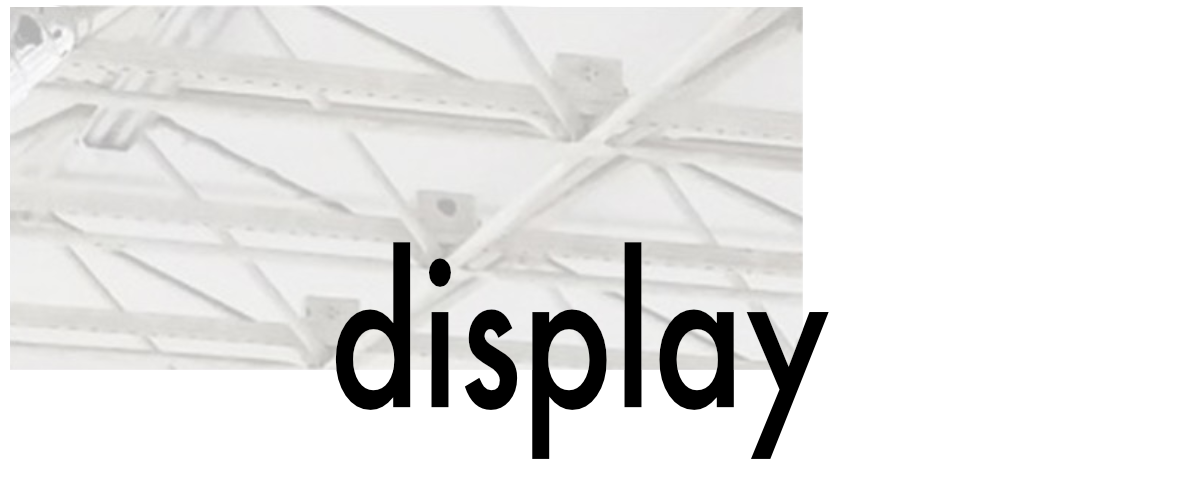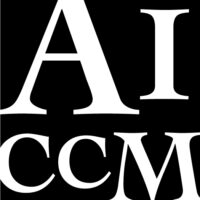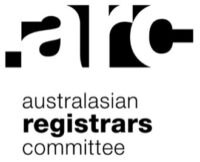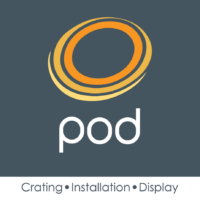
summary
From the sublime to the powerful, the point at which design meets materials and displays provides a plethora of exciting new possibilities, as well as some frustrations. This session looks at some practical ways to display your collection – from magnets on tiles, book cradles and paper tabs, to the trials of hanging pandanus mats. Helping to find inventive, safe, and sustainable display solutions is often at the core of our role.
moderator
Shelly Uhlir – Exhibits Specialist, Mountmaker, Conservation Department, National Museum of the American Indian
Shelly Uhlir is the staff mountmaker in the conservation department at the Smithsonian’s National Museum of the American Indian where she has fabricated exhibition mounts and mannequins and taught workshops since 2001. She originally apprenticed with Benchmark and has been a mountmaker for almost 35 years. She loves to solve a good mounting challenge. She is also on the International Mountmakers Forum Steering Committee.
Ideas to reduce waste, and re use resources around your objects
Andrew Foster
A general discussion based on our experience on how to maximise your resources and reduce waste in the museum and art world. We will discuss modular display components, art and object crating and the reuse of suitable materials.
Installation as conservation: Preserving artists’ intent
Rhiannon Walker & Rebecca Negri
It’s easy for conservators to think that the safest place for a work of art is stored in a crate on a shelf, with no risk of it being damaged. It’s true that sometimes display can lead to damage of a work. But what happens when a work sits on a shelf, not displayed, for so long that no-one remembers how it goes together? Dissociation can be a real threat to installation artworks, especially when install manuals haven’t been routinely saved to file. This presentation looks at how the requirement to install works for the Collection Online photography project at QAGOMA has identified gaps in our knowledge, and provided the impetus and opportunity to dive deep into the archives to discover how artists originally intended their works to be shown. Installing a work completely can therefore help towards ensuring it’s longevity and be an important part of the conservation process.
Book Cradles and Supports – Displaying 130 rare books at the SLNSW
Jochen Letsch
In 2022, the State Library of NSW is staging an exhibition centred around the display of 130 rare books. Kill or Cure? A taste of Medicine, looks at the history of medicine pre 1900 as documented within the library’s collection.
The preparation for this exhibition presented an opportunity to revisit how we make book supports and to look at ways to refine and streamline our process. Every book requires a custom support/cradle, which we generally make from mount board lined with soft archival foam. We have developed Excel spreadsheets to calculate measurements which we then transfer to our computerized mount cutter in order to speed up and standardise our technique.
In the course of the talk, the author will describe the process of creating these supports. Starting with taking the measurements for each book through to cutting and construction.
Often angled display is required and we have introduced the manufacture and use of lips made from 1mm thick synthetic polymer sheeting. These lips keep the book from sliding off the angled supports and aid in supporting the text block.
We are conscious of balancing the need for custom supports with a more sustainable approach to mount making. The methodology we have developed does allow the potential for simple modification for reuse. We have plans of how to better store the supports once they come off display so they can have more than one use and/or parts can be recycled. This project has served as both an opportunity to improve our current methodologies but also an impetus for more exploration into alternate approaches.
Murals and Magnets: Trials in mounting ceramic tile murals
Margaret Barclay
Chara the Fireman, a ceramic tile mural artwork by Thanakupi (Dhaynagwidh/Thaynakwith people) is a new acquisition to the Queensland Art Gallery | Gallery of Modern Art (QAGOMA) collection which has required an experimental mounting method for display. This paper outlines the testing, challenges and outcomes of collaboratively devising a novel tile mounting system. The mural consists of twenty hand-built ceramic tiles mounted to a chipboard backing using a commercial construction adhesive. Water damage to the backing board caused damage and dislodgment of the tiles, prompting the replacement of a visually distracting and unsafe mounting system. This paper will share the extensive discussion and trialling undertaken to remove the damaged mount and design a new mounting system without using restrictive frames, clips or shelves. The outcome is a hanging system which can be displayed horizontally or vertically, using magnets to hold the individual tiles onto a fully hidden backing board, allowing the mural to be displayed safely and visually unencumbered. This system also assists with the safe installation, packing and transport of artworks composed of fragile materials. By sharing the challenges pertinent to Chara the Fireman, this paper endeavours to continue the discourse of developing tile mounting methods which maintain the physical, visual and cultural integrity of an artwork.
Tabs – tiny, and temporary
Louise Bradley
The potential for waste in the art exhibition industry is great. The mounts, frames, crates, and plinths used in exhibitions are often removed and disposed of. How can we make exhibitions more sustainable by reducing waste? If an artwork can be displayed unframed waste can be reduced.
Velcro®, magnets, hanging straps, and tabs are some methods used to display unframed art. For an exhibition at Buxton Contemporary, at the request of artist Takehito Koganezawa, very small tabs would be used to hang 275 drawings, including Mountains 2009, composed of 250 drawings. My work had to be done on location within a short window of time so I made tabs of Mylar® and Japanese tissue off-site, then attached them on location with starch paste. An art installer hung the works on the gallery walls by piercing the tabs with tiny nails. Mountains 2009 was housed in four custom-made boxes so the tabs were removed after the exhibition.
My presentation will describe this low cost, low waste method, the process of making the tabs, working on location in a short timeframe, reversing the work, and re-packing the artwork.
Wet Specimens in Glycerol: An update, new challenges, and new discoveries
Sheldon Teare, Silvia Da Rocha & Sophie Phillips
The practice of mounting wet specimens in glycerol in lieu of ethanol or formaldehyde is a relatively recent one, and possibly due to an ongoing dearth of research is not as popular or widespread as the aforementioned solvent solutions. However, glycerol as a mounting agent has gained more and more attention in recent years, as restrictions on traditional mounting fluids tighten. Already in use at the Australian Museum since 2012, glycerol specimen preparation has again become a focus due to its use in the upcoming Sharks exhibition. However, the specimen preparations required for this exhibition introduced new challenges: large specimens with unique physical attributes such as rough or jelly-like skin, the logistics of storing and transporting oversized specimens during preparation, and safely mounting specimens. Decisions about the preparation, treatment, and mounting of the specimens were made while also keeping sustainability and environmental issues in mind. Ultimately, the end product of the exhibition display was a collaborative effort dependent on previous technical knowledge, materials research, and communication between curatorial, conservation, and technical staff.
Mounting Australian Indigenous Mats
Eliana (Ellie) Urrutia-Bernard
While the mounting and strapping of bark paintings is now widely understood throughout the conservation profession it has become apparent that there are multiple gaps in the knowledge for the mounting of Australian indigenous woven artifacts, specifically woven fibre mats. Most woven artifacts are unique in shape requiring a specifically designed custom mount to best support weight distribution during display. Indigenous fibre mats are typically similar and only really vary in size. Therefore, a mounting system that could be generalised to woven mats was developed by the conservation staff at the Museum and Art Gallery of the Northern Territory. This talk will demonstrate the issues faced by MAGNT conservators and how hanging systems have been modified over the last 20 years.
The importance of a professional network when creating sustainable exhibitions.
Amine Skousgaard
On August 24th the International Council of Museums decided on a new museum definition for all of its members which included the phrase: “Museums foster diversity and sustainability.” With one phrase ICOM made it obvious that the climate responsibility is also laying heavily on the shoulders of museums. But many museums have only just started thinking about being more sustainable. So can a museum be sustainable in one of the most common practices that museums hold – creating exhibitions?
In this presentation, Amine Skousgaard from Museums For Future will walk you through an explanation of three spheres that museums have to be aware of when creating sustainable exhibitions – while highlighting examples of her colleagues at Museums For Future. The three spheres include the backstage where no museum visitors ever venture, but the sustainable mindset is just as important. The front stage where some visitors might think that museums should be the most sustainable – after all isn’t an exhibition just showing old stuff you have lying around? And the encouraging sphere, where Amine will show the importance of inspiring others to live a more sustainable life helped along by our relationship with cultural, natural and, art history.




